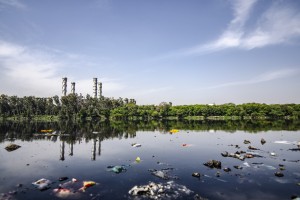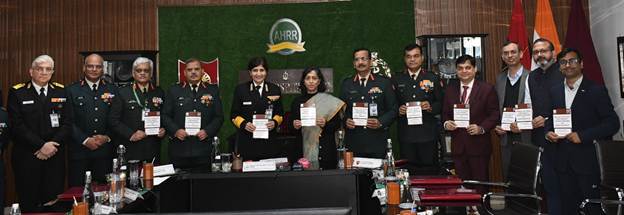
Rome: Water-use efficiency rose from 17.3 USD/m3 in 2015 to 18.9 USD/m3 in 2018 worldwide, representing a 9 percent efficiency increase. The proportion of countries generating water use efficiency results over the global value for each year varied from 45 percent in 2015 to 46 percent in 2018.
All economic sectors have seen an increase in their water-use efficiency since 2015. In 2018, the industrial sector had a water-use efficiency equivalent to 32 USD/m3, the services sector 112 USD/m3 and the agriculture sector 0.60 USD/m3. Compared with 2015, this represents an increase of 15 percent in the industrial sector, 8 percent in the services sector and 8 percent in the agriculture sector. These results were produced using data available from 166 countries for 2015–2018 and can provide an overall picture of the change in water-use efficiency globally.
To analyse whether economic growth is decoupled from water use requires complete data sets. Although global information was available from 2015, only long time series without imputed data can provide an overview of changes in economic dynamics in relation to the water used, meaning the 2015–2018 period falls short. Overall, 86 countries had regularly reported water-use data since 2006, which were used to obtain a reliable longer-term perspective of the dependency of economic growth on water use. These 86 countries represent approximately 56 percent of the 2018 world population.
The three major sectors of these 86 countries increased their water-use efficiency over time, with agriculture increasing from 0.5 USD/m3 to 0.8 USD/m3, industry from 18.5 USD/m3 to 31 USD/m3 and services from 104 USD/m3 to 135.9 USD/m3. This means that the industrial sector has experienced the largest net efficiency gains from 2006 to 2018, likely due to the transformation of thermal cooling for energy production, industrial processes and heating systems. This reflects the important reduction in water withdrawals within these countries’ industrial sectors, which has also occurred at the global level (though the level of withdrawal is more significant in the selected 86 countries due to their type of economy, with industry contributing more to overall gross value added (GVA) than in other countries).
Dependency between water use and GVA in the agriculture and services sectors appears to be a continuing trend. Within the industrial sector, however, water use has been reduced drastically for the generation of value added, meaning increased water-use efficiency. An analysis of how total withdrawals relate to GVA over the years reveals a potential decoupling of economic growth from water use since 2016. Nonetheless, these results are preliminary, and it is therefore too early for a solid conclusion to be made. The fact that there are only three data points, which show a new trend, is not conclusive. In addition, the industrial weight in these countries influences the overall calculation.
More data need to be collected, ideally on an annual basis, to compute the indicator at the global level and for the various economic sectors, and also to observe any regional differences.
(Excerpted from Progress on change in water-use efficiency – Global status and acceleration needs for SDG indicator 6.4.1 published by Food And Agriculture Organization of the United Nations, 2021)
– global bihari bureau





